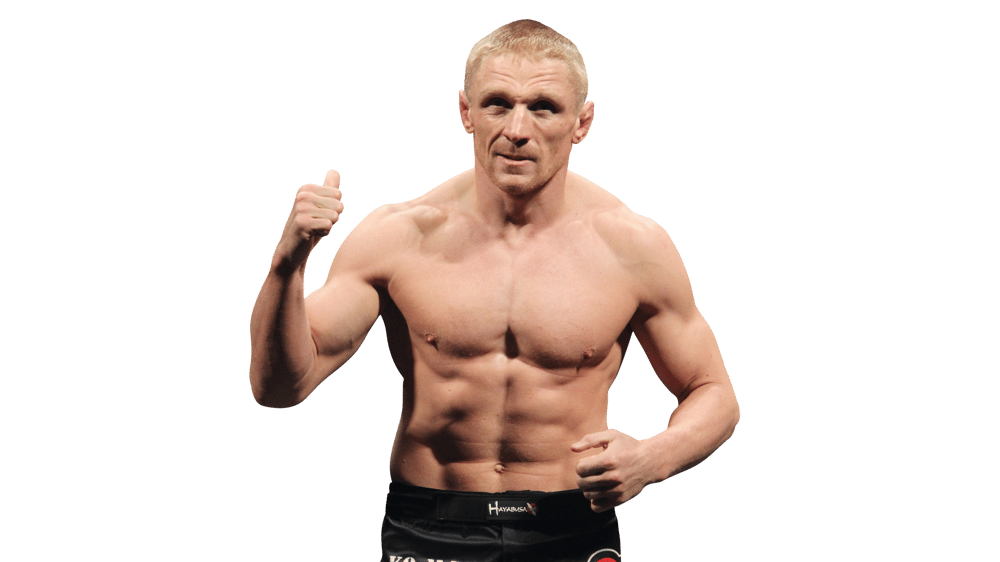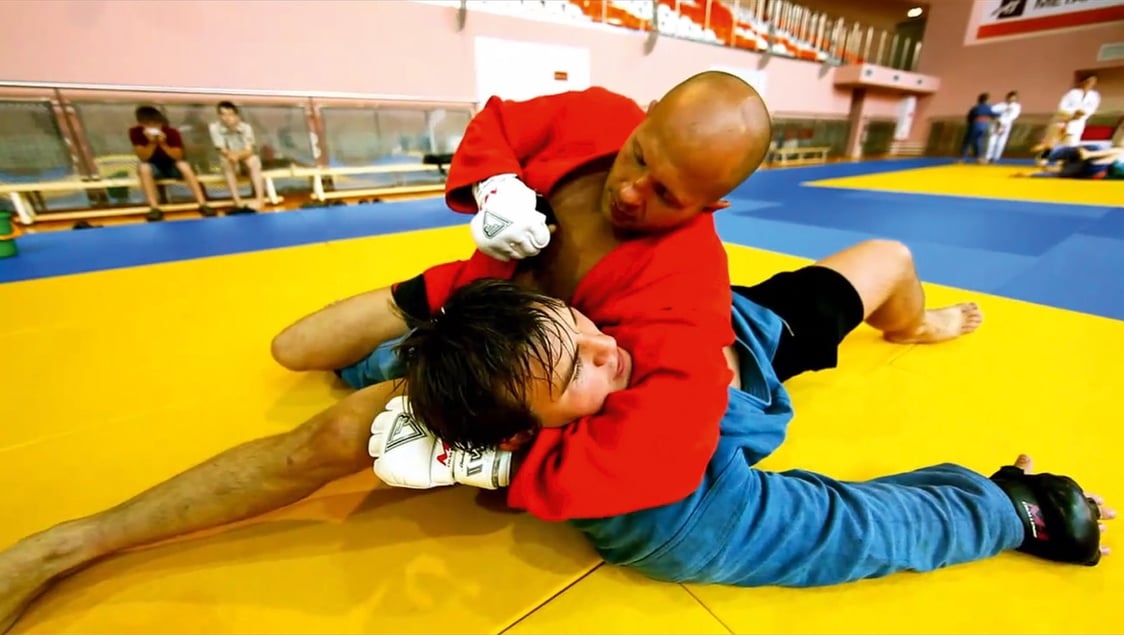
Issue 087
April 2012
FO’s quick guide to the national combat sport of mean mother Russia.
1. Russian roots
Sambo is an acronym of the Russian words Samozashchita Bez Oruzhiza, which translates as ‘self-defense without weapons.’ The art was born of the teachings of two men: Viktor Spiridonov, a Russian amateur wrestler; and Vasili Oshchepkov, a judo and karate master. Though the two never formally teamed up, their students worked together to merge the striking and grappling aspects of their training, giving rise to what is now known as sambo.
2. Multi-cultural
This European fighting style has been carefully constructed using the most effective techniques from a wide range of martial arts from across the globe including strikes from Muay Thai and kung fu, and grappling and submission moves from wrestling and judo, making sambo one of the world’s most well-rounded combat styles.
3. It's a long way to the top
Instead of using the common martial arts ranking system of colored belts, sambo practitioners are ranked by title. There are
a total of eight ranks, ranging from novice
to distinguished grand master, with each rank consisting of three separate degrees or ‘razryads’.
4. Tough training
Russia has long been known as a breeding ground for hardness and resilience, and the training methods of its native martial art require a lot of both. One of the most brutal and hardening practices, ironically called ‘two minutes in heaven’, involves a sambist having both arms and legs held in excruciating locks by four fellow practitioners. Okay we get it, you’re tough.

5. Olympic omission
In 1980, at the Summer Olympics in Moscow, youth sambo was demonstrated at the opening ceremony. Despite this, it was never officially recognized as a demonstration sport. However, the International Olympic Committee (IOC) are currently in talks about making sambo an Olympic discipline. Perhaps mother Russia will rise again.
6. A sport divided
Federation International Amateur Sambo (FIAS) was formed in 1985 as the governing body for the sport of sambo. In 1993 the organization was split in two: FIAS East, controlled by Russia, and FIAS West which is overseen by western Europe and the US.
7. Accomplished artists
There are a number of high-level mixed martial artists who have trained in the art of sambo, including Dennis Siver, Nick Diaz and of course the legendary Russian heavyweight Fedor Emelianenko. With its lethal blend of strikes, submissions and wrestling maneuvers, sambo
lends itself well to
MMA practice.
8. Let the games begin!
As well as being a forceful discipline in the real world of combat sports, sambo can also be seen at work in the virtual realm of video games. Some of the most popular fighting games include characters whose styles are based in sambo, including Street Fighter’s Zangief and Tekken’s Sergei Dragunov.
9. Sensitive subject
Although sambo is an acronym for the Russian form of self-defense, it is also an archaic racial term in English to describe a person of African heritage. Because of this, representatives of the sport from English-speaking countries often use the spelling ‘sombo’ to avoid unintentionally causing offense.
10. Death match
The Spetsnaz are an elite Russian military group and were among the first to master the art of sambo. In the 1930s, under the orders of Joseph Stalin, thousands of prisoners were handed over to these highly trained soldiers and made to fight to the death in hand-to-hand combat in an effort to simulate real-life battle situations in training.
Pro tip
One of the core values of sambo is that all moves must be sustainable. This means that if a move cannot be practiced at full speed without seriously injuring a training partner then it is inefficient. Therefore, a sambist must adhere to this belief by being extra careful when training. There is no place for Wanderlei Silva-style fight intensity in Russia.
...









